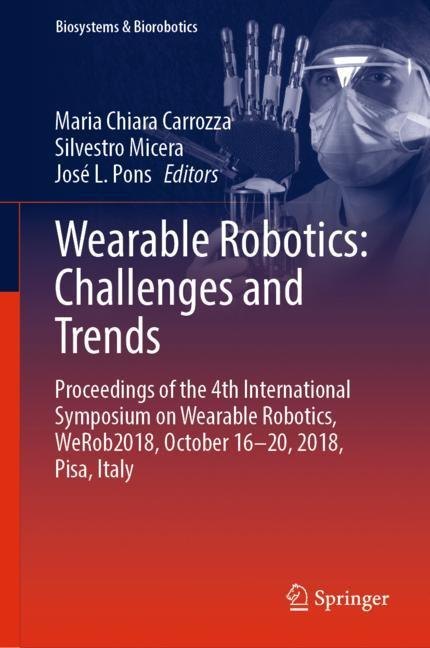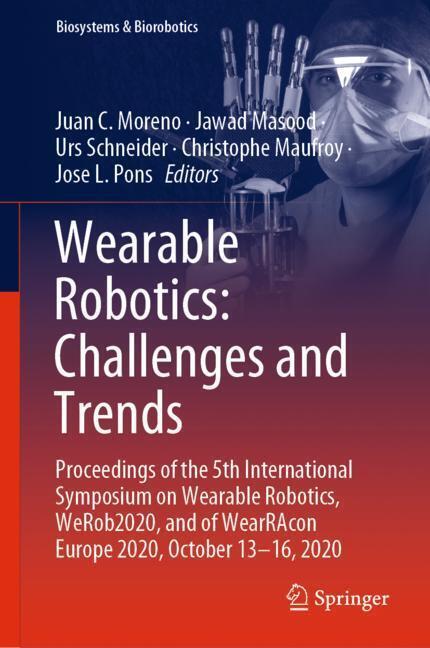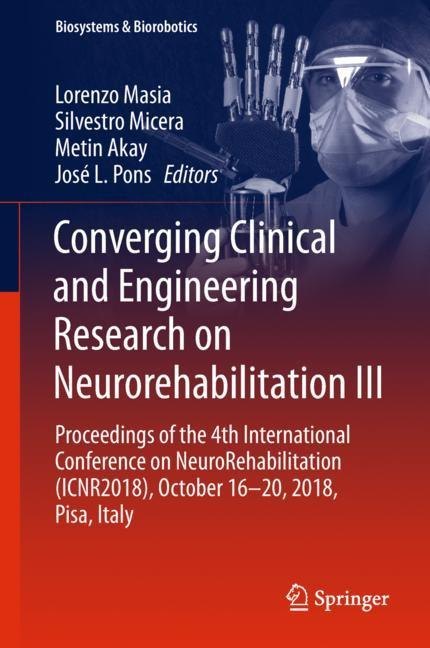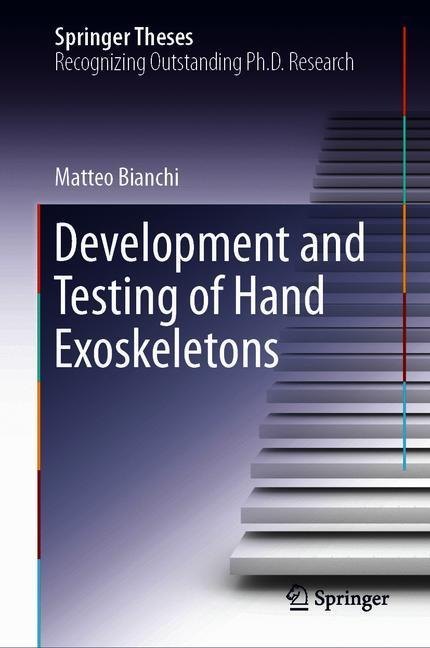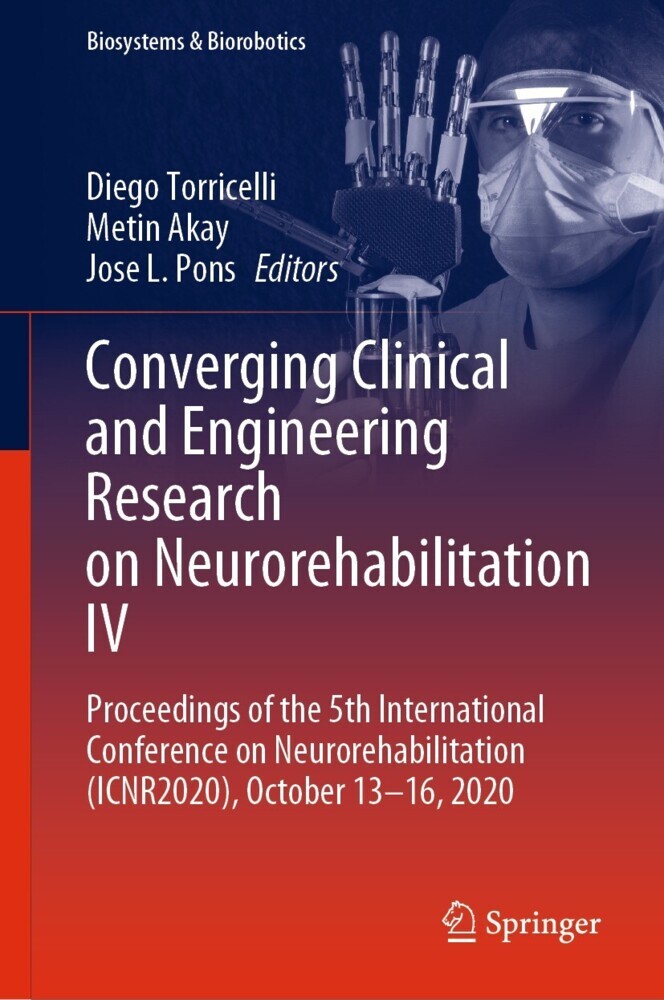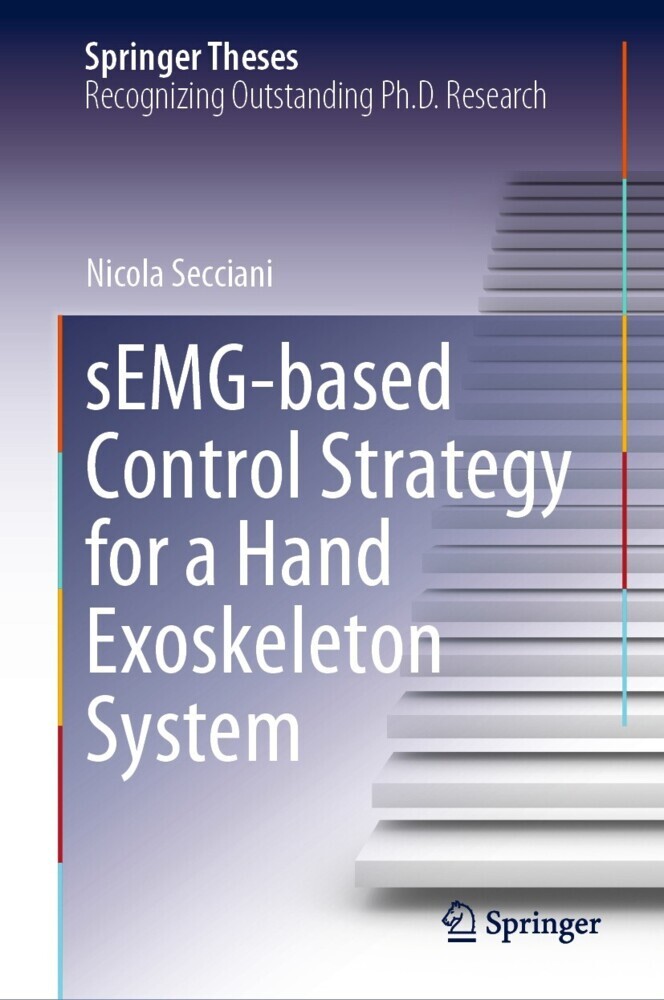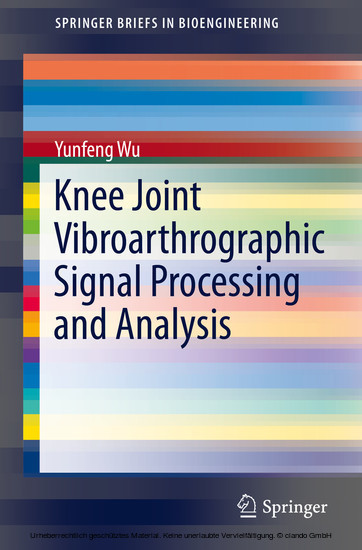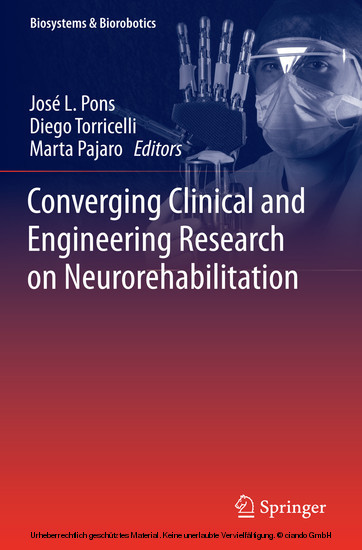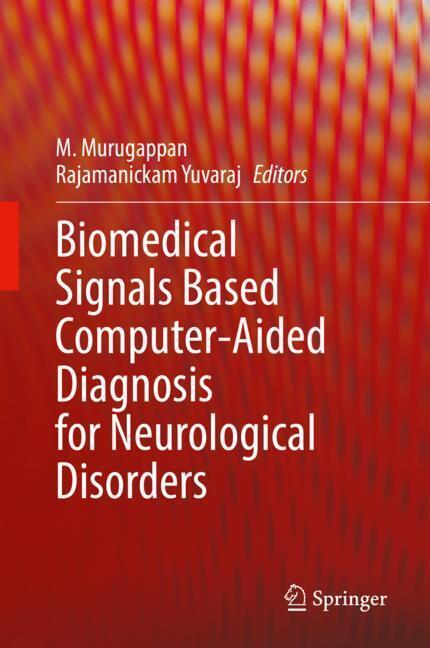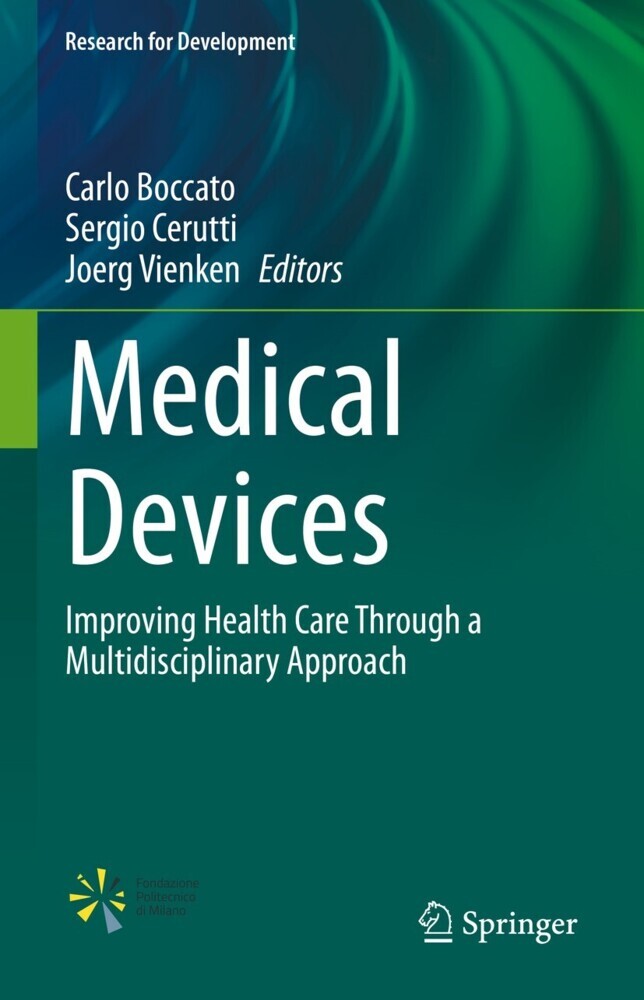Wearable Robotics: Challenges and Trends
Proceedings of the 4th International Symposium on Wearable Robotics, WeRob2018, October 16-20, 2018, Pisa, Italy
Wearable Robotics: Challenges and Trends
Proceedings of the 4th International Symposium on Wearable Robotics, WeRob2018, October 16-20, 2018, Pisa, Italy
The book reports on advanced topics in the areas of wearable robotics research and practice. It focuses on new technologies, including neural interfaces, soft wearable robots, sensors and actuators technologies, and discusses important regulatory challenges, as well as clinical and ethical issues. Based on the 4th International Symposium on Wearable Robotics, WeRob2018, held October 16-20, 2018, in Pisa, Italy, the book addresses a large audience of academics and professionals working in government, industry, and medical centers, and end-users alike. It provides them with specialized information and with a source of inspiration for new ideas and collaborations. It discusses exemplary case studies highlighting practical challenges related to the implementation of wearable robots in a number of fields. One of the focus is on clinical applications, which was encouraged by the colocation of WeRob2018 with the International Conference on Neurorehabilitation, INCR2018. Additional topics include space applications and assistive technologies in the industry. The book merges together the engineering, medical, ethical and political perspectives, thus offering a multidisciplinary, timely snapshot of the field of wearable technologies.
1;Contents;6 2;Wearable Sensors for RoboticExoskeletons;18 3;Position Sensing and Control with FMG Sensors for Exoskeleton Physical Assistance;19 3.1;Abstract;19 3.2;1 Introduction;19 3.3;2 FMG Sensor;20 3.4;3 Elbow Exoskeleton Design;20 3.5;4 SVM Implementation;20 3.5.1;4.1 Hardware Setup;20 3.5.2;4.2 Real-Time Estimation;21 3.6;5 Experiments and Results;21 3.6.1;5.1 Joint Angle Estimation;21 3.6.2;5.2 E-EXO Control;21 3.7;6 Conclusion;22 3.8;Acknowledgment;23 3.9;References;23 4;Force Localization Estimation Using a Designed Soft Tactile Sensor;24 4.1;Abstract;24 4.2;1 Introduction;24 4.3;2 Sensor Description and Test Setup;25 4.4;3 Force Localization Estimation;26 4.4.1;3.1 Data Gathering;26 4.4.2;3.2 Learning Algorithm;26 4.4.3;3.3 Estimation Results;27 4.5;4 Conclusion;27 4.6;References;28 5;EIT-Based Tactile Sensing Patches for Rehabilitation and Human Machine Interaction;29 5.1;1 Introduction;29 5.2;2 Materials and Methods;30 5.3;3 Results;31 5.4;4 Conclusions;32 5.5;References;32 6;Synthesis and Optimization Considerations for a Knee Orthosis Based on a Watt's Six-Bar Linkage;34 6.1;Abstract;34 6.2;1 Introduction;34 6.3;2 Synthesis of the Basic Linkage;35 6.3.1;2.1 Grashof Condition and Geometry;36 6.4;3 Design and Optimization Considerations;36 6.4.1;3.1 Kinematic and Dynamic Optimization;36 6.5;4 Conclusion and Future Work;37 6.6;References;38 7;Wearable Sensory Apparatus Performance While Using Inertial Measurement Units;39 7.1;1 Introduction;39 7.2;2 Materials and Methods;40 7.2.1;2.1 Wearable Sensory Apparatus;40 7.2.2;2.2 Transfer Protocol of Sensors Signals;40 7.2.3;2.3 Background of Intention Detection Algorithms;41 7.3;3 Results;41 7.4;4 Discussion and Conclusion;42 7.5;References;43 8;WeFiTS: Wearable Fingertip Tactile Sensor;44 8.1;1 Introduction;44 8.2;2 Problem Definition;45 8.3;3 Materials and Methods;45 8.3.1;3.1 Design Criteria;46 8.3.2;3.2 Electromechanical Design of WeFiTS;46 8.4;4 Conclusion;48 8.5;References;48 9;Soft Wearable Robots;49 10;Characterisation of Pressure Distribution at the Interface of a Soft Exosuit: Towards a More Comfortable Wear;50 10.1;1 Introduction;50 10.2;2 Methods;52 10.3;3 Results and Conclusions;53 10.4;References;53 11;Realizing Soft High Torque Actuators for Complete Assistance Wearable Robots;54 11.1;1 Introduction;54 11.2;2 Pleated Pneumatic Interference Actuator for Knee Extension;55 11.2.1;2.1 Pleated Pneumatic Interference Actuator Orthosis;56 11.3;3 Results and Discussion;57 11.4;4 Conclusions and Future Work;57 11.5;References;58 12;Application of a User-Centered Design Approach to the Development of XoSoft - A Lower Body Soft Exoskeleton;59 12.1;Abstract;59 12.2;1 Introduction;59 12.3;2 User-Centered Design of XoSoft;60 12.3.1;2.1 User-Centered Design Principles;60 12.3.2;2.2 XoSoft Design Process and Methods;60 12.4;3 Practical Benefits and Challenges Encountered;62 12.4.1;3.1 Benefits of Implementing UCD to XoSoft;62 12.4.2;3.2 Challenges of Implementing UCD to XoSoft;62 12.5;4 Conclusion;62 12.6;Acknowledgment;62 12.7;References;63 13;Preliminary Experimental Study on Variable Stiffness Structures Based on Textile Jamming for Wearable Robotics;64 13.1;Abstract;64 13.2;1 Introduction;64 13.3;2 Textile Jamming;65 13.3.1;2.1 Concept;65 13.3.2;2.2 Prototyping and Experiments;65 13.4;3 Conclusions;67 13.5;References;67 14;Towards Embroidered Sensing Technologies for a Lower Limb Soft Exoskeleton;68 14.1;Abstract;68 14.2;1 Introduction;68 14.3;2 Materials and Methods;69 14.3.1;2.1 Embroidered Knee Sensor;69 14.4;3 Results;70 14.5;4 Conclusions;71 14.6;References;71 15;Recent Results from Evaluation of Soft Wearable Robots in Clinical Populations;73 15.1;Abstract;73 15.2;1 Introduction;73 15.3;2 Restoring Poststroke Gait;73 15.4;3 Restoring Grasp After Spinal Cord Injury;75 15.5;Acknowledgment;77 15.6;References;77 16;Subject-Centered Based Approaches for Controlling Wearable Robots;78 17;Toward an Affordable Multi-Modal Motion Capture System Framework for Human Kinem
Carrozza, Maria Chiara
Micera, Silvestro
Pons, José L.
| ISBN | 9783030018870 |
|---|---|
| Artikelnummer | 9783030018870 |
| Medientyp | E-Book - PDF |
| Copyrightjahr | 2018 |
| Verlag | Springer-Verlag |
| Umfang | 542 Seiten |
| Sprache | Englisch |
| Kopierschutz | Digitales Wasserzeichen |

